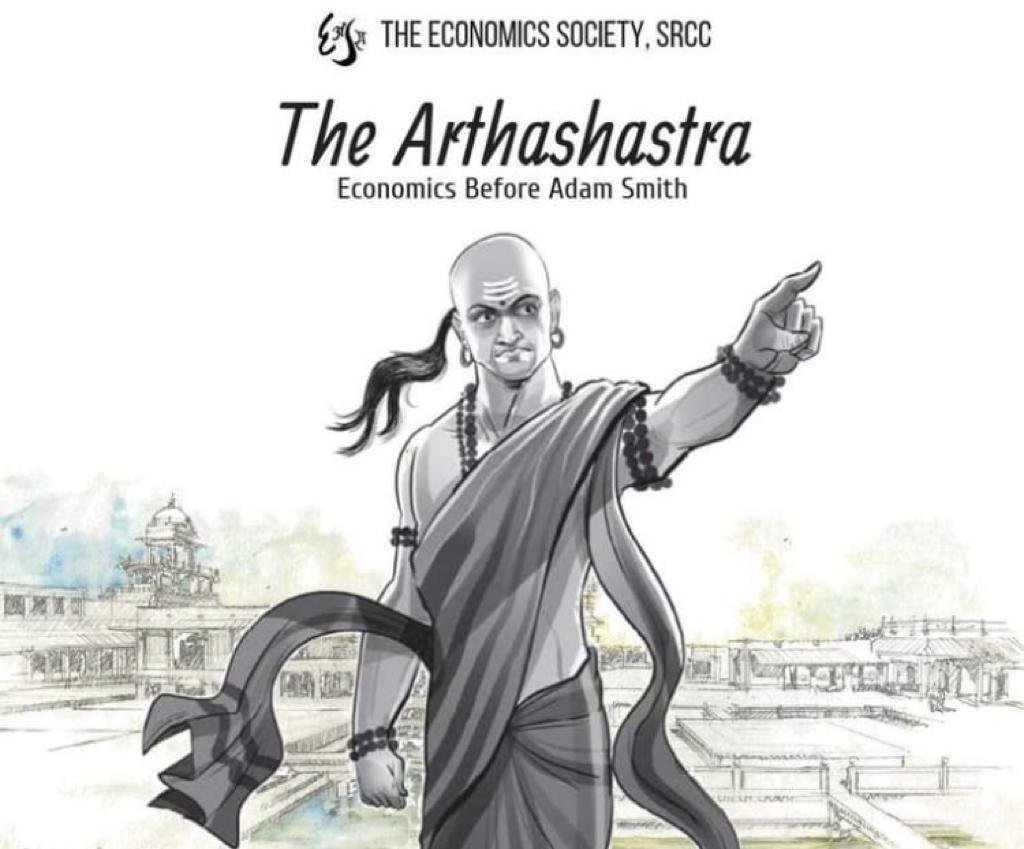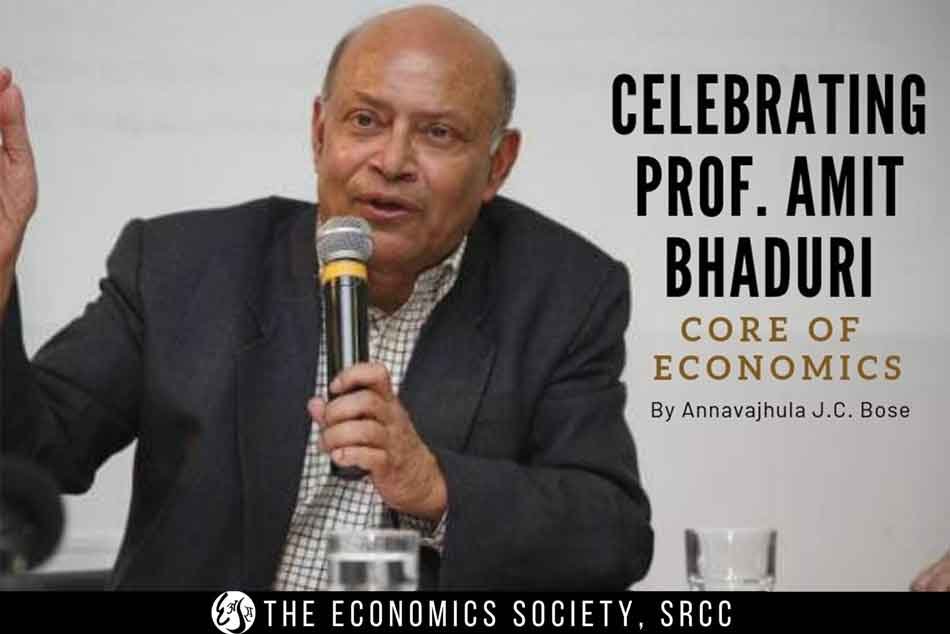
Ideas For Earth

Can we have a definitive and worthwhile economics based on ideas for Earth? Yes, according to Sarkar (2022). He has intelligently outlined and integrated the ingredients of a novel economic model christened as Minimalonomics. This model draws on the concepts of Behavioural Economics, Ecological Economics and Circular Economy in order to save the planet from a certain doomsday, sooner or later. It is high time we knew how this model could be operationalized. As Sarkar says, “So far, there has been no recognition of minimalism in the public policy domain, as it is neither endorsed as a potential solution for climate change and environmental pollution nor acknowledged as a tool in the UN’s sustainable development goals.” But considering the current scary environmental crisis, adopting a minimalist lifestyle is an utmost necessity for our daily lives. This means using materials for their full lifespan, bringing back the culture of repair to further delay obsolescence, and buying materials based on our minimum requirements. However, the promotion of a minimalist lifestyle relying on a voluntary approach will not be successful unless the concepts and behavioural methods that promote minimalism (minimising consumption at individual and societal levels) are institutionalised and incorporated into a novel economic policy framework without compromising on wellbeing, prosperity, and equity/justice.

A pro-environmental attitude needs to be created at all levels of society (producers, consumers, and government) through collective and coordinated action to protect the biosphere. Behavioural Economics (BE) is an investigation into why humans often do not make rational decisions. It is useful to understand consumer behaviour, social norms, herd instincts in decision-making, and acceptance of the social policy. Circular Economy (CE) aims to keep waste out of the system by focusing on the use of resources within closed-loop systems, reducing pollution and avoiding leakage of resources while sustaining economic growth. Reducing, Reusing, Recycling and Recovering are integral to it. Ecological Economics (EE) looks at the economy as a subsystem of the larger biosphere, which is finite, non-growing and materially closed, and establishes a viable relationship between the economic and the ecological systems and the social structures that sustain human well-being. Now, BE, CE and EE can interconnect themselves and orchestrate the product life cycle—from raw material extraction (either mining or agriculture) to consumption, waste generation and management—in minimalistic terms as follows.
BE can be applied in retailing to promote green products (including locally produced ones) by tax cuts/exemptions on green products and high taxes on high carbon footprint products. By green default rules, the products should have mandatory mention of water and carbon footprint on the labels. Consumers can reduce their consumption by adopting a minimalist lifestyle and preferring green products. For waste collection, pro-environment behaviour will help through the segregation of waste, less waste generation, appropriate waste disposal, etc. BE can contribute to CE by reducing waste generation by repairing or refurbishing, or reusing products and buying products made of recycled materials. BE can also contribute to EE by promoting fair trade products with guaranteed protection of labour, rainforest and environment and by shifting to vegetarian/vegan foods.
CE can be applied to innovative product design in component production and end-point manufacturing in order to lead to high-end recycled products to ensure viability of the industries. CE can recover mining and agricultural waste (e.g. conversion of post-harvest stubble into bio-fertiliser, bio-fuel, and construction materials or recycling of mining slags to extract other valuable minerals, etc.). It can result in the repair or replacement of spare parts of machineries for mining, agricultural and material production. It can stop using high environment footprint components, promote repairing facilities and bring in producers’ responsibility. CE can contribute to BE by generating awareness and motivation among retailers and the public and making them active partners in making CE more effective by targeting to make zero-landfills waste management. And CE can also contribute to EE by designing low-energy and water-intensive products and recycling technologies.
EE permeates the entire product lifecycle by strict adherence to sustainable mining, agriculture and production of materials, components and end-products; by environmental protection and reduction of greenhouse gases in supply chains; and by promoting equity (gender, ethnicity). EE contributes to CE in terms of equity by stopping the installation of incinerations in low-income neighbourhoods and monitoring their emissions; and proper protection of workers involved in mining/agricultural activities, material/component production, end-product making, and waste management (particularly in unorganised sectors). EE affects BE by connecting to retailers and consumers through knowledge sharing about sustainable development, degrowth, and justice via minimalism. The Economics of minimalist lifestyles on the above lines is obviously different from the neoclassical economics that you are learning. In the latter, human beings are consistently rational, self-interested and utility-maximisers. Capitalism is vindicated by its attendant inequality structured around the asymmetry between the ruling classes and the labouring classes, which further gets intertwined with race, caste, gender and colonial history. Public policies are orchestrated for capitalist growth by transgressing of planetary boundaries on the proposition that human wants are infinite and can be satisfied by maximising consumption.
Neoclassical economics uses GDP as the yardstick of growth and assumes that only markets create wealth. It is because of this neoclassical economics, we have landed up with the following deplorable and disastrous facts—one billion richest individuals consume 72 percent of global resources, while the poorest 1.2 billion consume only 1 percent; materials footprint of high income countries is 2 times higher than in upper-middle income countries, 5 times higher than in lower-middle income countries, and 13.5 times that of low-income countries; USA and EU are responsible for excess resource uses for 27 percent and 25 percent of the world total respectively; the richest people benefit the most from the extraction of natural resources, and less wealthy countries or communities are the most affected by natural and anthropogenic hazards (displacement, social instability, conflicts, pollution, extreme weather events); the world’s top 10 percent wealthiest is responsible for 25-43 percent of environmental impact as compared to about 3-5 percent from the world’s bottom 10 percent income earners; and the richest 10 percent accounts for about 50 percent of global CO2 emissions yearly, while the poorest 10 percent is responsible for just 1 percent. Clearly, we are doing wrong economics, exacting a heavy price. Minimalonomics is the sane way out of this mess. If you have done standard development economics, I suggest that you should also read post-development ideas in tune with EE as written by Alenda (2022).
Annavajhula J C Bose,
PhD Department of Economics,
SRCC References
Atanu Sarkar. 2022. Minimalonomics: A Novel Economic Model to Address Environmental Sustainability and Earth’s Carrying Capacity. Journal of Cleaner Production 371. Elsevier. August (I can share the pdf copy of this, received from the author).
Juliette Alenda. 2022. Re-embedding the Economy to Rethink Development, in Developing Economics blog. September 8.


